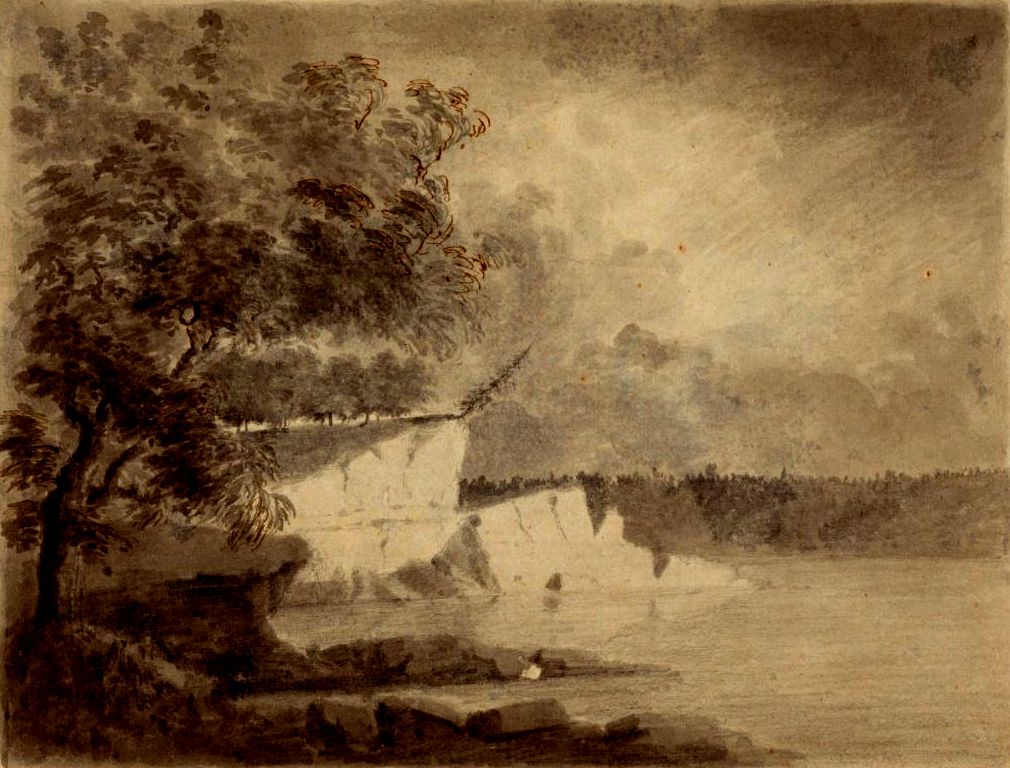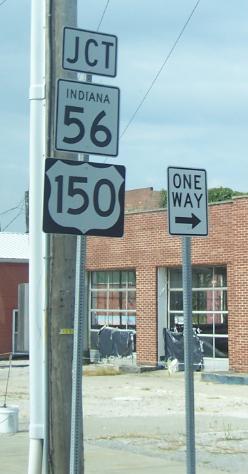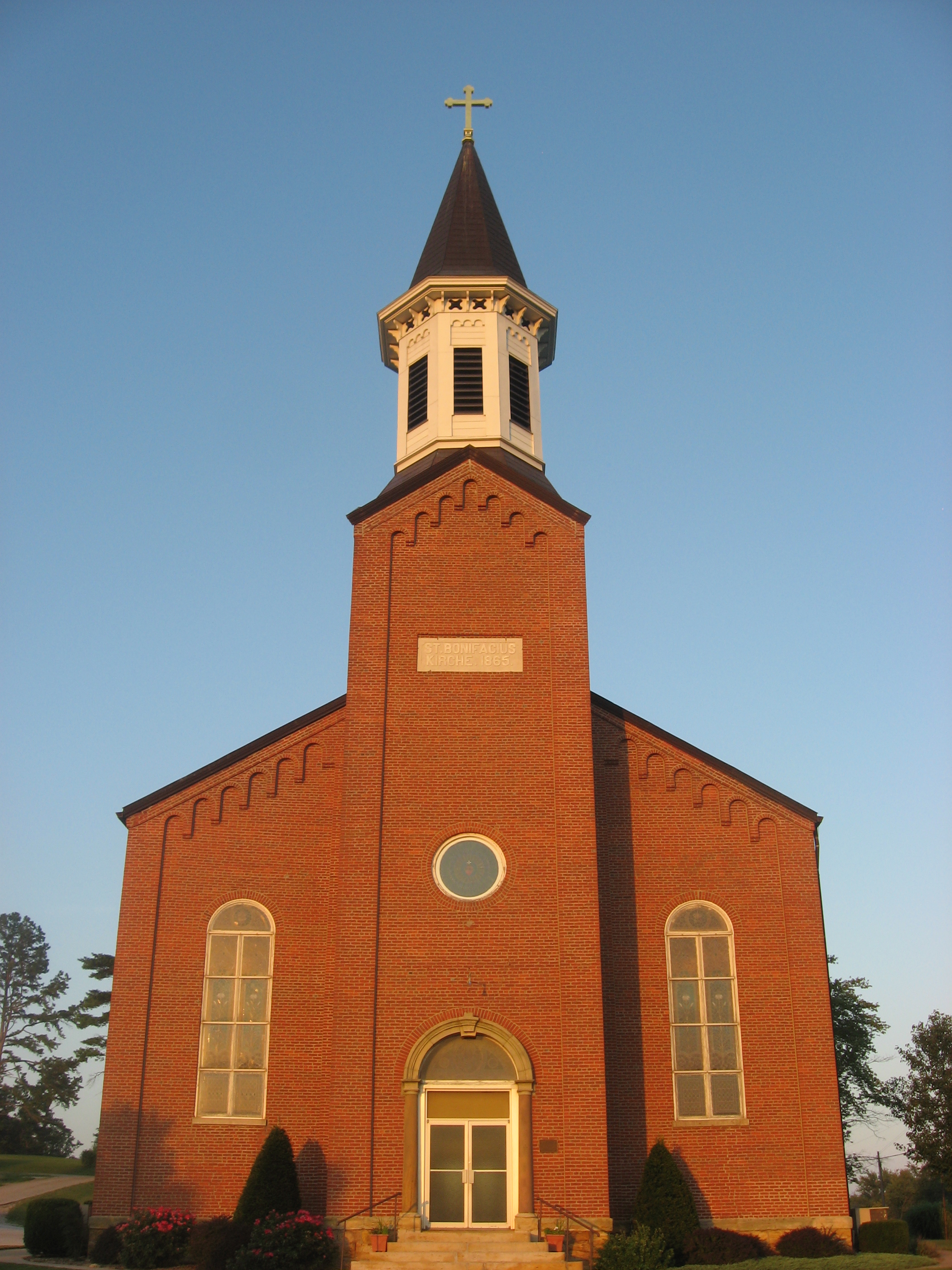|
Dubois, Indiana
Dubois is an unincorporated community and census-designated place (CDP) in Dubois County, Indiana, United States. Its population at the 2010 census was 488. History Dubois was platted in 1885. It took its name from Dubois County. The Dubois post office was established in 1880. An old variant name of the community was called Knoxville. Dennis H. Heeke (1927-2009), Indiana state representative and farmer, was born in Dubois. Geography Dubois is located in northeastern Dubois County at . The center of the community is split between Marion and Harbison townships, and the CDP area extends eastward into Columbia Township as well. Jasper, the Dubois County seat, is to the southwest. Indiana State Road 545 passes through Dubois, leading north to State Road 56 and southeast towards Patoka Lake. According to the U.S. Census Bureau, the Dubois CDP has a total area of , of which is land and , or 1.55%, is water. The Patoka River, a tributary of the Wabash River The Wabash River ... [...More Info...] [...Related Items...] OR: [Wikipedia] [Google] [Baidu] |
Census-designated Place
A census-designated place (CDP) is a concentration of population defined by the United States Census Bureau for statistical purposes only. CDPs have been used in each decennial census since 1980 as the counterparts of incorporated places, such as self-governing cities, towns, and villages, for the purposes of gathering and correlating statistical data. CDPs are populated areas that generally include one officially designated but currently unincorporated community, for which the CDP is named, plus surrounding inhabited countryside of varying dimensions and, occasionally, other, smaller unincorporated communities as well. CDPs include small rural communities, edge cities, colonias located along the Mexico–United States border, and unincorporated resort and retirement communities and their environs. The boundaries of any CDP may change from decade to decade, and the Census Bureau may de-establish a CDP after a period of study, then re-establish it some decades later. Most unin ... [...More Info...] [...Related Items...] OR: [Wikipedia] [Google] [Baidu] |
United States Census Bureau
The United States Census Bureau (USCB), officially the Bureau of the Census, is a principal agency of the U.S. Federal Statistical System, responsible for producing data about the American people and economy. The Census Bureau is part of the U.S. Department of Commerce and its director is appointed by the President of the United States. The Census Bureau's primary mission is conducting the U.S. census every ten years, which allocates the seats of the U.S. House of Representatives to the states based on their population. The bureau's various censuses and surveys help allocate over $675 billion in federal funds every year and it assists states, local communities, and businesses make informed decisions. The information provided by the census informs decisions on where to build and maintain schools, hospitals, transportation infrastructure, and police and fire departments. In addition to the decennial census, the Census Bureau continually conducts over 130 surveys and programs ... [...More Info...] [...Related Items...] OR: [Wikipedia] [Google] [Baidu] |
Wabash River
The Wabash River ( French: Ouabache) is a U.S. Geological Survey. National Hydrography Dataset high-resolution flowline dataThe National Map accessed May 13, 2011 river that drains most of the state of Indiana in the United States. It flows from the headwaters in Ohio, near the Indiana border, then southwest across northern Indiana turning south near the Illinois border, where the southern portion forms the Indiana-Illinois border before flowing into the Ohio River. It is the largest northern tributary of the Ohio River and third largest overall, behind the Cumberland and Tennessee rivers. From the dam near Huntington, Indiana, to its terminus at the Ohio River, the Wabash flows freely for . Its watershed drains most of Indiana. The Tippecanoe River, White River, Embarras River and Little Wabash River are major tributaries. The river's name comes from a Miami word meaning "water over white stones", as its bottom is white limestone, now obscured by mud. The Wabash is the st ... [...More Info...] [...Related Items...] OR: [Wikipedia] [Google] [Baidu] |
Patoka River
The Patoka River (Pronounced, PaTohKah) is a U.S. Geological Survey. National Hydrography Dataset high-resolution flowline dataThe National Map, accessed May 19, 2011 tributary of the Wabash River in southwestern Indiana in the United States. It drains a largely rural area of forested bottomland and agricultural lands among the hills north of Evansville. Description It rises in the Hoosier National Forest in southeastern Orange County, approximately southeast of Paoli. It flows generally west, passing through Patoka Lake, where it is impounded for flood control. Downstream from the reservoir it flows in a highly meandering course, making large oxbows as it flows past sharp hilly terrain as it approaches Jasper, then westward across Pike and Gibson counties, passing through more sharp terrain. It joins the Wabash from the east opposite Mount Carmel, Illinois, approximately north-northwest of Evansville. The mouth of the river is approximately downstream on the Wabash from the ... [...More Info...] [...Related Items...] OR: [Wikipedia] [Google] [Baidu] |
Patoka Lake
Patoka Lake is the second-largest reservoir in the U.S. state of Indiana (after Lake Monroe) and is spread across Dubois, Crawford, and Orange counties in southern Indiana. Lake Created as a joint effort between the US Army Corps of Engineers and the Indiana Department of Natural Resources, the lake is one of eight such reservoirs built in the state to provide a secure water supply and as a method of flood control. The lake covers 8,800 surface acres (36 km²) of water in the summer. The lake was created by damming the Patoka River about above its mouth with the Patoka Lake Dam, a 145-feet-high rockfill earthen dam. The lake is fed by several smaller tributaries including Allen Creek, Painter Creek, and Ritter Creek. After the lake was created several parks and nature preserves were established around it totaling . The lake and dam is still managed by a cooperative management team of the Army Corps of Engineers and the Indiana Department of Natural Resources. Patoka Lak ... [...More Info...] [...Related Items...] OR: [Wikipedia] [Google] [Baidu] |
Indiana State Road 56
State Road 56 in the U.S. state of Indiana is a route that travels the south central part of the state from west to east. Route description The western terminus of SR 56 is near Hazleton at U.S. Route 41. SR 56 heads northeast to Hazleton. After Hazleton SR 56 turns southeast then back northeast, until State Road 65 (SR 65). Where SR 56 heads east towards Petersburg, in Petersburg SR 56 is Concurrent with State Road 57 (SR 57), until the intersection with State Road 61 (SR 61). SR 56 leaves Petersburg concurrent with SR 61 heading south, until SR 56 turns east. South of Otwell SR 56 has an intersection with State Road 257. SR 56 enters Jasper on the west side and then has an intersection with U.S. Route 231, the two routes are concurrent until they leave Jasper on the north side of town. North of Jasper SR 56 turns east towards Paoli passing through French Lick. East of Paoli SR 56 heads towa ... [...More Info...] [...Related Items...] OR: [Wikipedia] [Google] [Baidu] |
Indiana State Road 545
State Road 545 is a discontinuous route consisting of a northern section and a southern section. The southern section connects State Road 66 (SR 66) at the town of Troy to State Road 62 in Saint Meinrad. This section is very scenic, winding and narrow. The northern section connects State Road 164 (SR 164) with State Road 56 (SR 56) in eastern Dubois County, passing the town of Dubois. Route description Southern section From the southern terminus SR 545 heads north. Then SR 545 turns northeast towards Fulda. After Fulda, SR 545 heads northeast towards St. Meinrad. Northern section From the southern terminus of the northern section SR 545 heads northeast, then back northwest towards Dubois. From Dubois SR 545 heads due north towards SR 56. This section of the highway is named for Indiana State Representative Dennis Heeke, who lobbied for the extension of the route from the town of Dubois south to SR 164. Major ... [...More Info...] [...Related Items...] OR: [Wikipedia] [Google] [Baidu] |
Jasper, Indiana
Jasper is a city in, and the county seat of, Dubois County, Indiana, United States, located along the Patoka River. The population was 16,703 at the 2020 census making it the 48th largest city in Indiana. On November 4, 2007, Dubois County returned to the Eastern Time Zone, after having moved to the Central Time Zone the previous year. Land use in the area is primarily agricultural. The Indiana Baseball Hall of Fame, which honors players and others associated with the national pastime who were born or lived in Indiana, is located in Jasper. History Jasper was founded in 1818. The Enlow family were the first settlers of the town. Jasper was originally going to be named "Eleanor" after the wife of early settler Joseph Enlow, but she opted to suggest a name herself, and named the city after a passage in the Bible (Revelation 21:19). Jasper was not officially platted until 1830. That year, the community became the new county seat of Dubois County, succeeding Portersville. The Jasper ... [...More Info...] [...Related Items...] OR: [Wikipedia] [Google] [Baidu] |
Dennis H
Dennis or Denis is a first or last name from the Greco-Roman name Dionysius, via one of the Christian saints named Dionysius. The name came from Dionysus, the Greek god of ecstatic states, particularly those produced by wine, which is sometimes said to be derived from the Greek Dios (Διός, "of Zeus") and Nysos or Nysa (Νῦσα), where the young god was raised. Dionysus (or Dionysos; also known as Bacchus in Roman mythology and associated with the Italic Liber), the Thracian god of wine, represents not only the intoxicating power of wine, but also its social and beneficent influences. He is viewed as the promoter of civilization, a lawgiver, and lover of peace—as well as the patron deity of both agriculture and the theater. Dionysus is a god of mystery religious rites, such as those practiced in honor of Demeter and Persephone at Eleusis near Athens. In the Thracian mysteries, he wears the "bassaris" or fox-skin, symbolizing new life. (See also Maenads.) A mediaeval L ... [...More Info...] [...Related Items...] OR: [Wikipedia] [Google] [Baidu] |
Plat
In the United States, a plat ( or ) (plan) is a cadastral map, drawn to scale, showing the divisions of a piece of land. United States General Land Office surveyors drafted township plats of Public Lands Surveys to show the distance and bearing between section corners, sometimes including topographic or vegetation information. City, town or village plats show subdivisions broken into blocks with streets and alleys. Further refinement often splits blocks into individual lots, usually for the purpose of selling the described lots; this has become known as subdivision. After the filing of a plat, legal descriptions can refer to block and lot-numbers rather than portions of sections. In order for plats to become legally valid, a local governing body, such as a public works department, urban planning commission, or zoning board must normally review and approve them. In gardening history, in both varieties of English (and in French etc), a "plat" means a section of a formal par ... [...More Info...] [...Related Items...] OR: [Wikipedia] [Google] [Baidu] |
Census-designated Place
A census-designated place (CDP) is a concentration of population defined by the United States Census Bureau for statistical purposes only. CDPs have been used in each decennial census since 1980 as the counterparts of incorporated places, such as self-governing cities, towns, and villages, for the purposes of gathering and correlating statistical data. CDPs are populated areas that generally include one officially designated but currently unincorporated community, for which the CDP is named, plus surrounding inhabited countryside of varying dimensions and, occasionally, other, smaller unincorporated communities as well. CDPs include small rural communities, edge cities, colonias located along the Mexico–United States border, and unincorporated resort and retirement communities and their environs. The boundaries of any CDP may change from decade to decade, and the Census Bureau may de-establish a CDP after a period of study, then re-establish it some decades later. Most unin ... [...More Info...] [...Related Items...] OR: [Wikipedia] [Google] [Baidu] |






